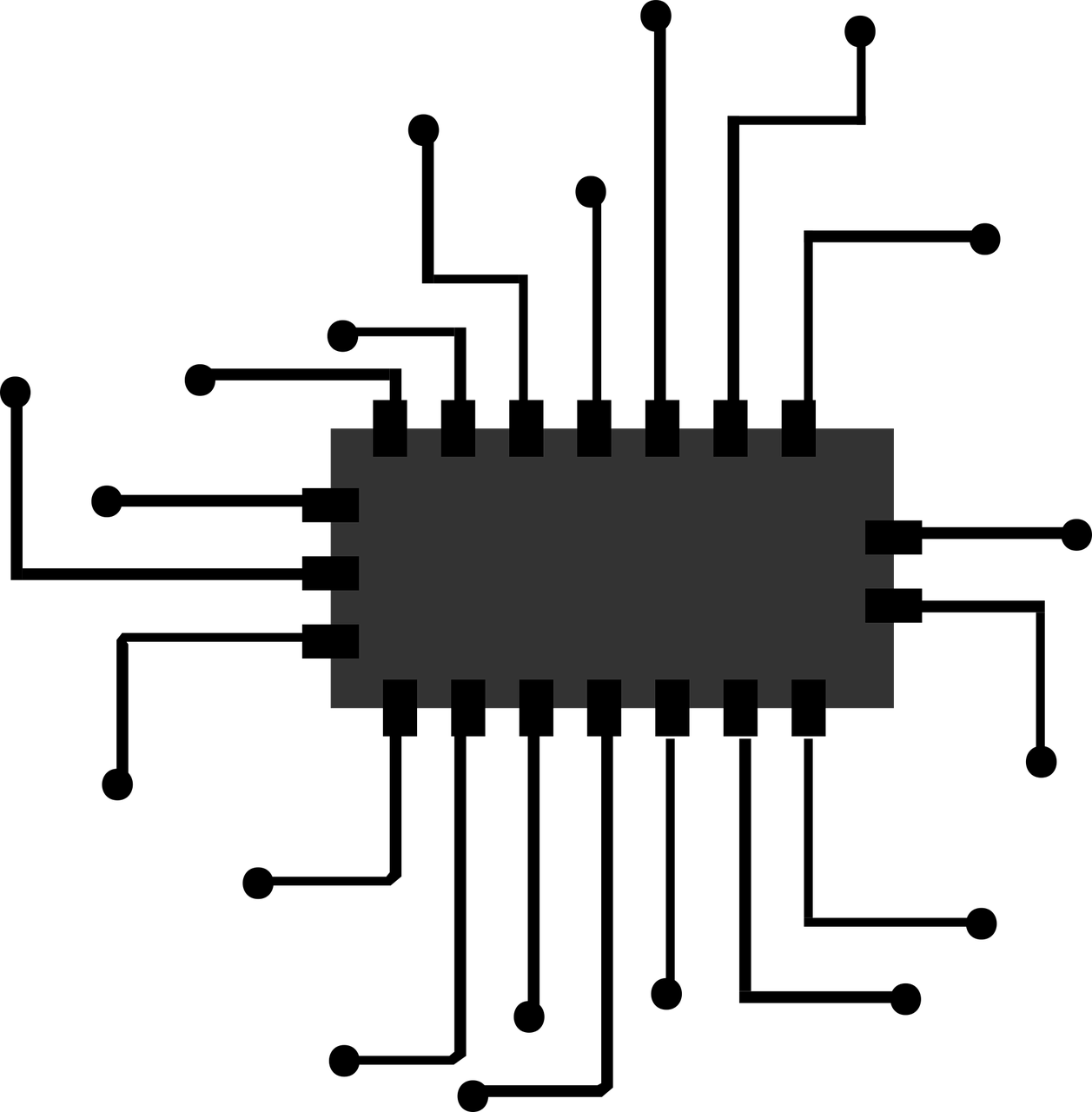Advancement in technology does not merely happen on the surface. Unknown to most of us, the seemingly unseen or the underlying elements of sophistication are also facing a major facelift in order to cope up with the need of our times.
For many tech companies, products come in packages. It is very much so with the use of integrated circuits whose functions, whether as a digital piece or an analog bit or even both, are programmed to a certain degree of specification. Such purposes include being as microprocessors, amplifiers, and computer memory, to name a few.
For a time, contrasting perspectives between “system-on-chip (SoC)” and “system-in-package (SiP)” initiatives have introduced arguments as to which platforms are preferable to be utilized in electronic products. Intel Corporation has, among other technology firms, employed a general chip to supply partner firms with their technical needs.
The utilization of integrated circuits (IC) has long been on-going for around half a century. In addition to Intel, Advanced Micro Devices, Inc. (AMD) and Taiwan Semi-Conductor Manufacturing Company (TSMC) have managed to pack in numerous transistors into a silicon piece in their respective production lines.
Such practice has been in consonance with Gordon Moore’s principle which states that computer capacity and speed will double every couple of years. While the law has continued to be a guiding light in the electronics industry, a few points have surfaced that a transition to “chiplets” may be necessary.
Specialized purpose
One, the employment of smaller chips allows manufacturers to diversify their products. Big designs are broken into manageable ones. Within this context, new integration processes or new combinations are eventually made.
Over the years, engineers have been troubled by the fact that the functionality of chips slowed down due to the presence of numerous transistors. As an alternative platform, the interconnection of independent chiplets provides a systematic integration of functions.
Saving on costs
Two, manufacturers are able to implement the necessary cost-cutting measure. As more and more transistors are placed on a major chip, manufacturers have to deal with an expensive array of process nodes.
With the chiplets, engineers are able to figure out an approach that will place parts with different technology altogether. Instead of continuously changing a single chip, manufacturers will focus more on the integration of the smaller circuits.
Value of excellence
Three, smaller chips are able to present higher quality. Considering that these pieces possess independent processes, the production of each has its own attribute. Compared to the single chip, the likelihood of defects is higher since it has been manufactured as a whole.
In addition, there is a notable yield increase when using chiplets. With less wafer space to contend with, the smaller chip improves the quality of the circuit. Based on previous studies, a 4-piece chiplet will more than double the yield of a monolithic IC which produces around 15% only.
